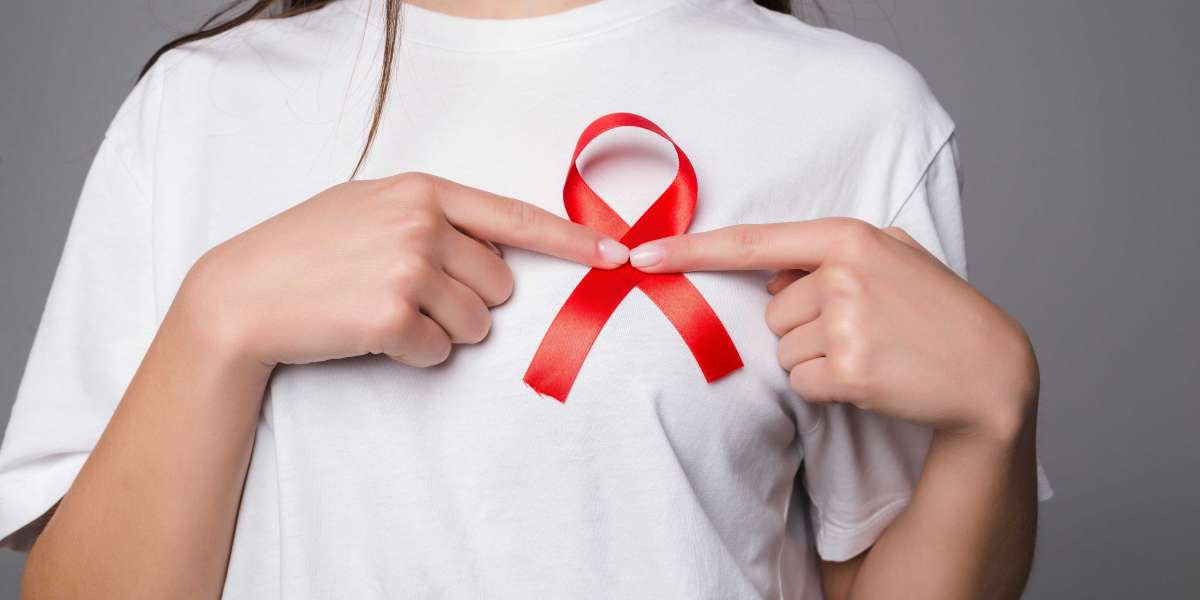Guillain-Barré Syndrome: Insights, Market Dynamics, and Future Outlook
Guillain-Barré Syndrome (GBS) remains a complex and potentially life-threatening neurological disorder with significant unmet medical needs. While plasma exchange (PE) and intravenous immunoglobulin (IVIG) remain the standard of care, these treatments primarily address symptoms rather than the underlying disease process.
The Guillain-Barré Syndrome Drugs Market is entering an exciting growth phase, with companies like Annexon and Hansa Biopharma spearheading the development of innovative therapeutic approaches. The Guillain-Barré Syndrome Market Size is set to expand substantially between 2024 and 2034, driven by novel drug approvals, increasing disease awareness, and improved access to care. Strategic investment in research, targeted therapies, and collaborative efforts is expected to shape the future of the GBS Therapeutics Market, ultimately improving patient outcomes worldwide.
Market Outlook (2024–2034)
The Guillain-Barré Syndrome Treatment Market is poised for robust growth, supported by anticipated therapy approvals and pipeline expansion. While IVIG and PE will remain foundational therapies in the near term, emerging disease-modifying drugs are expected to capture a growing share as clinical trials advance.
The GBS Market Size in the United States is particularly strong due to higher disease prevalence, advanced healthcare infrastructure, and a readiness to adopt innovative treatments. Significant growth opportunities also exist across EU4 nations, the UK, and Japan.
Epidemiology and Market Size
According to DelveInsight, GBS affects 1–2 people per 100,000 annually, with higher prevalence in adults—particularly males. In Europe and North America, Acute Inflammatory Demyelinating Polyradiculoneuropathy (AIDP) accounts for about 90% of cases.
The Guillain-Barré Syndrome Market is projected to grow significantly between 2024 and 2034 due to:
- Rising incidence rates
- Increased disease awareness
- Development of novel therapies
- Greater pharmaceutical RD investment
Understanding Guillain-Barré Syndrome
GBS typically begins with tingling sensations in the extremities, progressing to muscle weakness over days or weeks. The three primary forms include:
- AIDP – most common in Europe and North America
- Acute Motor Axonal Neuropathy (AMAN) – more common in Asia
- Acute Motor and Sensory Axonal Neuropathy (AMSAN) – affects both motor and sensory nerves
Diagnosis is based on clinical evaluation, lumbar puncture, and nerve conduction studies. Standard treatment involves PE or IVIG, both shown to shorten recovery time.
Current Treatment Landscape and Unmet Needs
The current market is dominated by immune-modulating agents and PE; however, there is no FDA-approved disease-modifying therapy specifically for GBS. Key unmet needs include:
- Limited availability of effective therapies
- Lack of targeted drugs
- Low public awareness
These gaps represent substantial opportunities for innovation in the GBS Treatment Market.
Emerging Therapies and Key Companies
Several companies are advancing promising candidates:
- Annexon – ANX005, a monoclonal antibody targeting complement pathway activation, in Phase III trials
- Hansa Biopharma – Imlifidase, an antibody-cleaving enzyme with positive Phase II data
- Alexion Pharmaceuticals – developing immune-modulating strategies for faster recovery
These pipeline advancements are expected to expand treatment options and potentially transform the standard of care.
Competitive Landscape
The GBS Therapeutics Market is shaped by:
- Ongoing pipeline innovation
- Strategic collaborations
- Regulatory incentives such as orphan drug status
Market players are leveraging:
- Fast-track designations to accelerate approvals
- Biologic and monoclonal antibody platforms for targeted treatment
- Global partnerships to improve accessibility
Future Opportunities
Growth in the GBS market over the next decade will be driven by:
- Breakthrough Therapies – introducing novel mechanisms of action
- Increased Awareness – public health campaigns for early detection
- Personalized Medicine – genetic and biomarker-based treatment approaches
- Expanded Access – improved reimbursement in emerging markets
With sustained RD investment and clinical progress, GBS market players are well-positioned to capitalize on these opportunities and redefine patient care.
Latest Reports
Achondroplasia Market | Acral Lentiginous Melanoma Market | Ada-scid Competitive Landscape | Adrenal Cortex Neoplasms Market | Adult Spinal Deformity Market | Aicardi-goutières Syndrome Market | Anemia Market | Angelman Syndrome Market | Angioimmunoblastic T-cell Lymphoma Market | Ankylosing Spondylitis Bekhterevs Disease Market | Anovulation Market | Anterior Uveitis Market | Atherosclerotic Cardiovascular Disease Market | Bacteremia Market | Bcl-2 Inhibitors Market | Braf-mutant Metastatic Melanoma Market | Bronchiectasis Market | Bullous Pemphigoid Market | Burkitt Lymphoma Market | Cdkl5 Deficiency Disorder Market | Centronuclear Myopathy Market | Chlamydia Infections Market | Chondrosarcoma Market | Chronic Constipation Market | Chronic Hepatitis Delta Virus Market | Chronic Pulmonary Infections Market | Chronic Refractory Cough Market | Clostridium Difficile Infections Cdi Market | Clostridium Difficile Infections Market | Cluster Headaches Market | Community-acquired Pneumonia Market | Contact Dermatitis Market | Cushing Syndrome Market | Cutaneous Lupus Erythematosus Market | Dermatomycoses Market | Dermatomyositis Market



